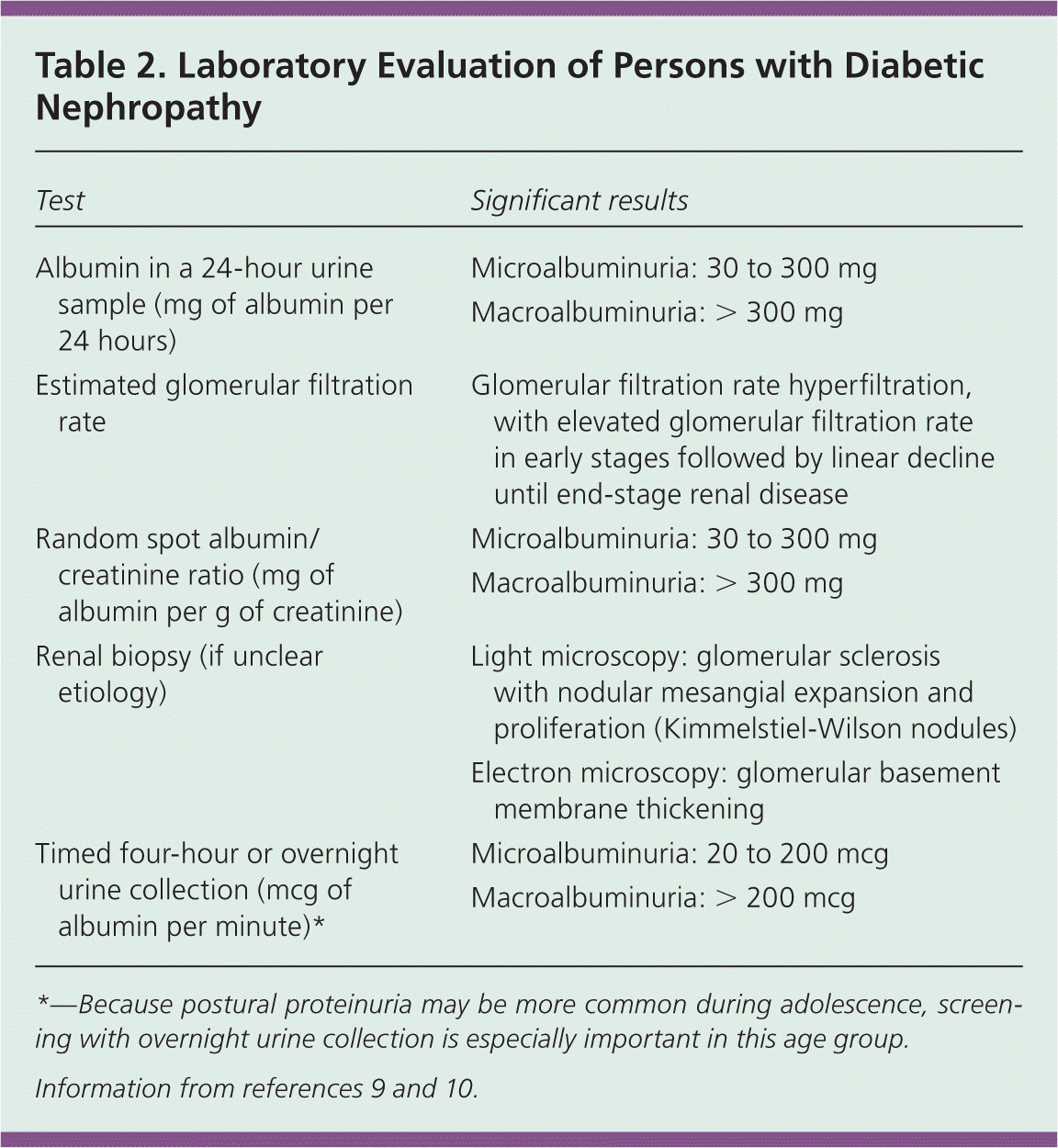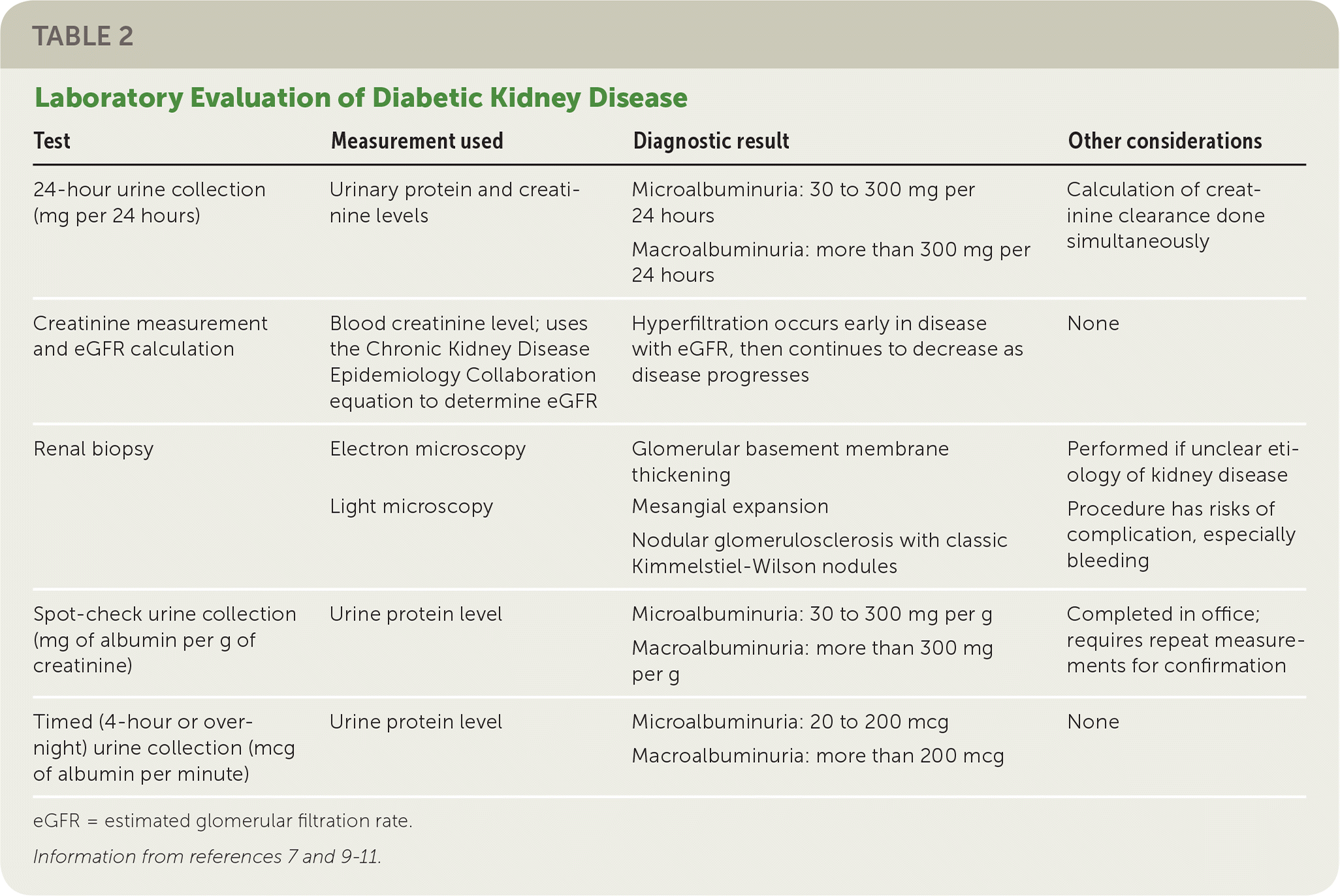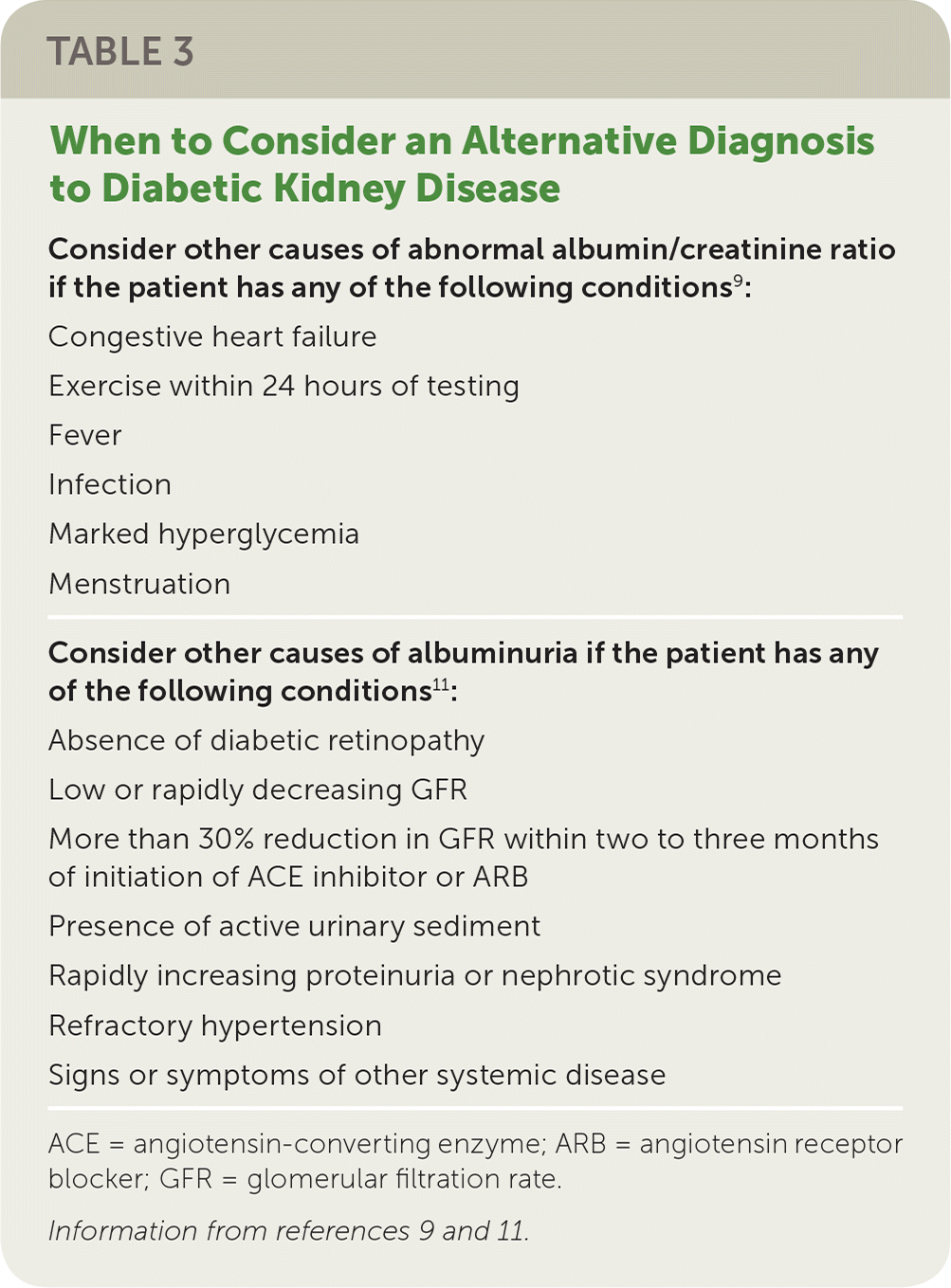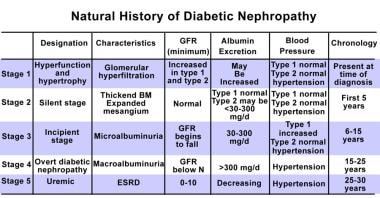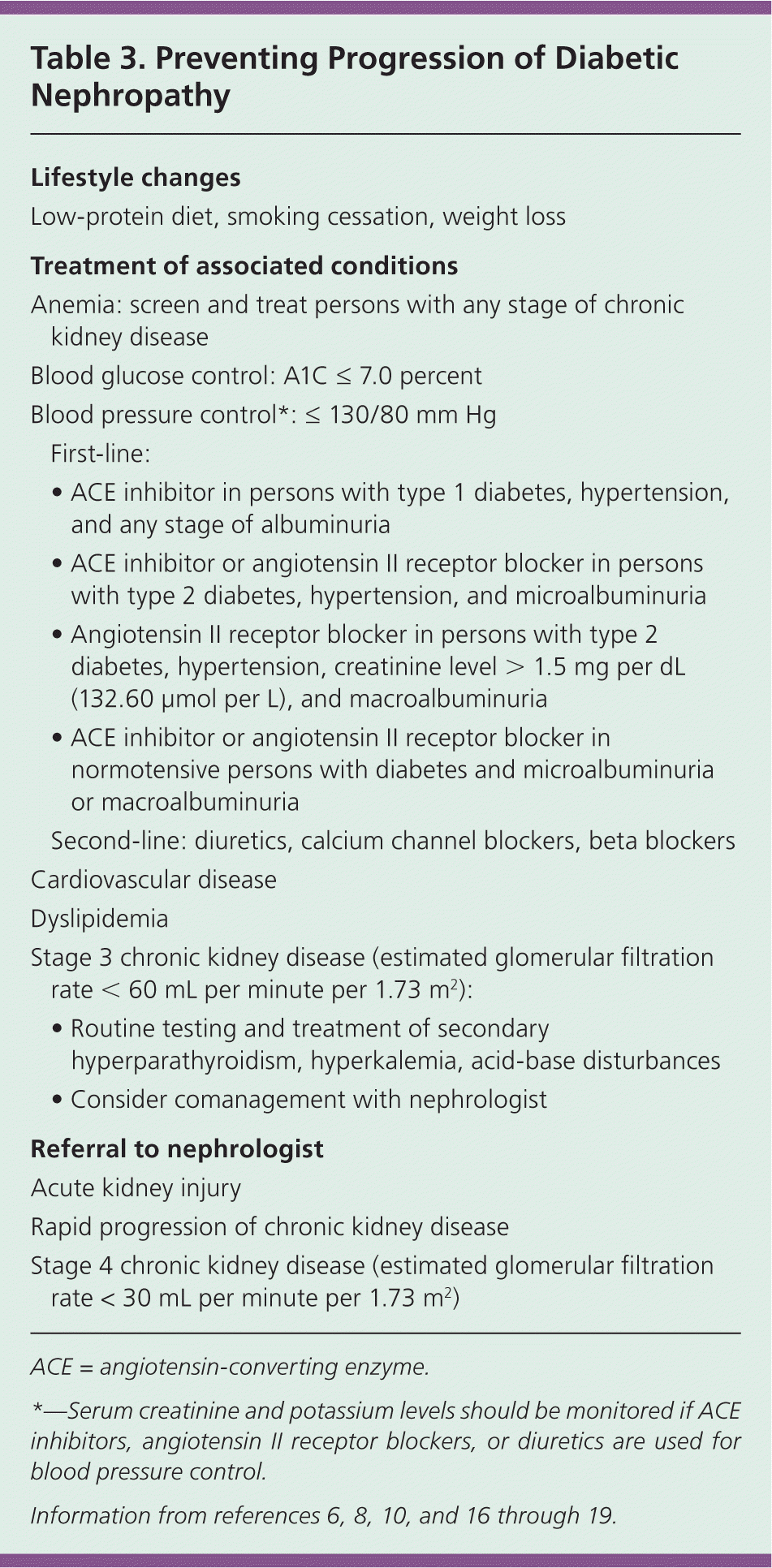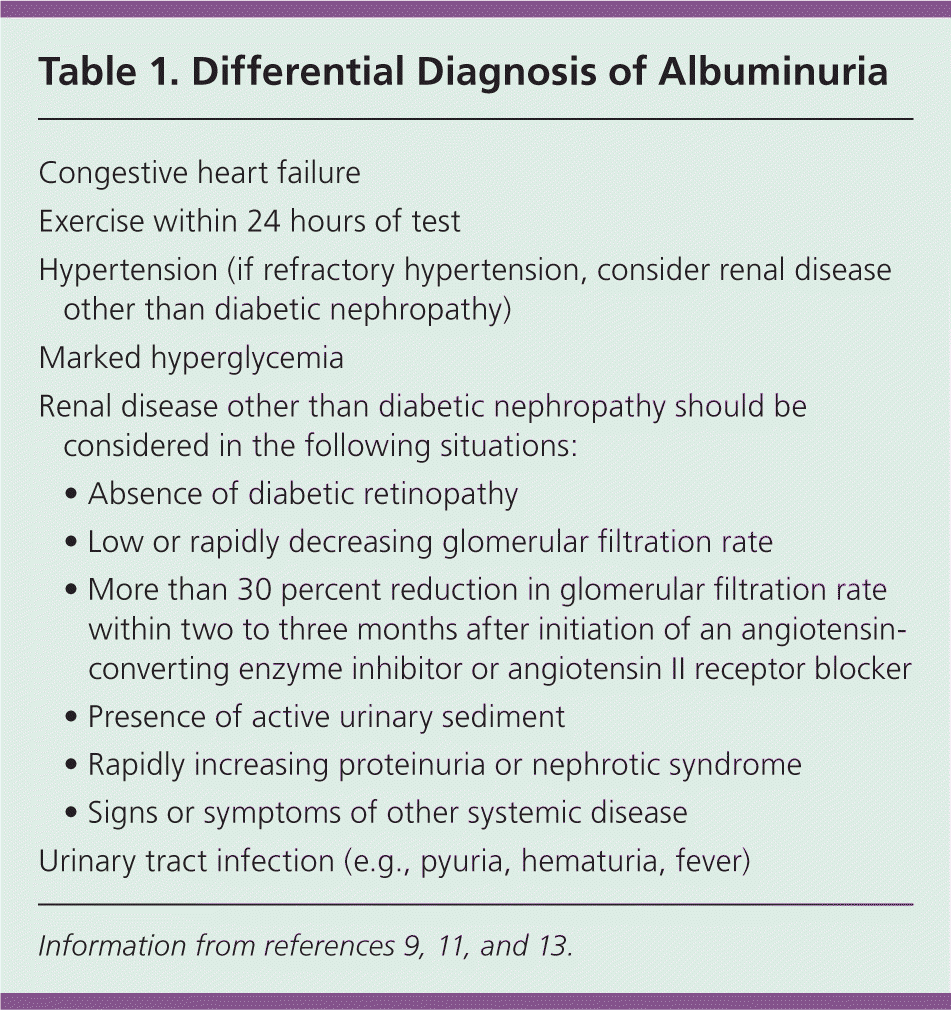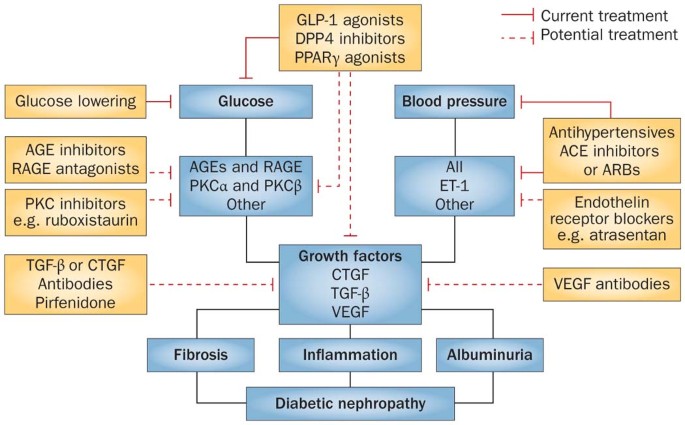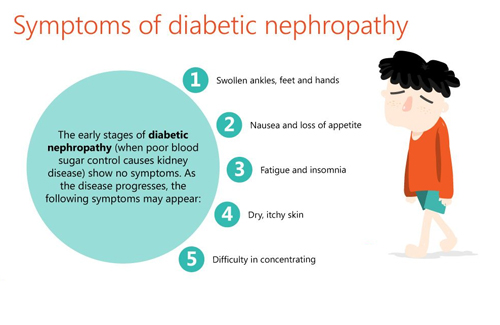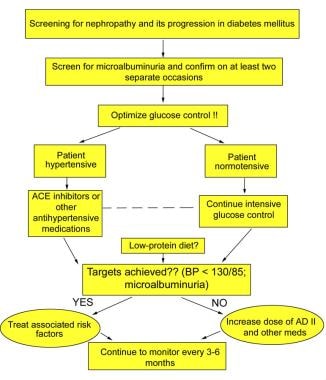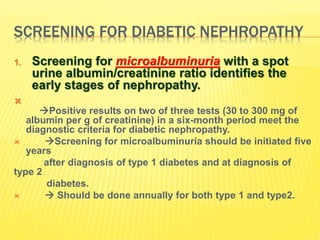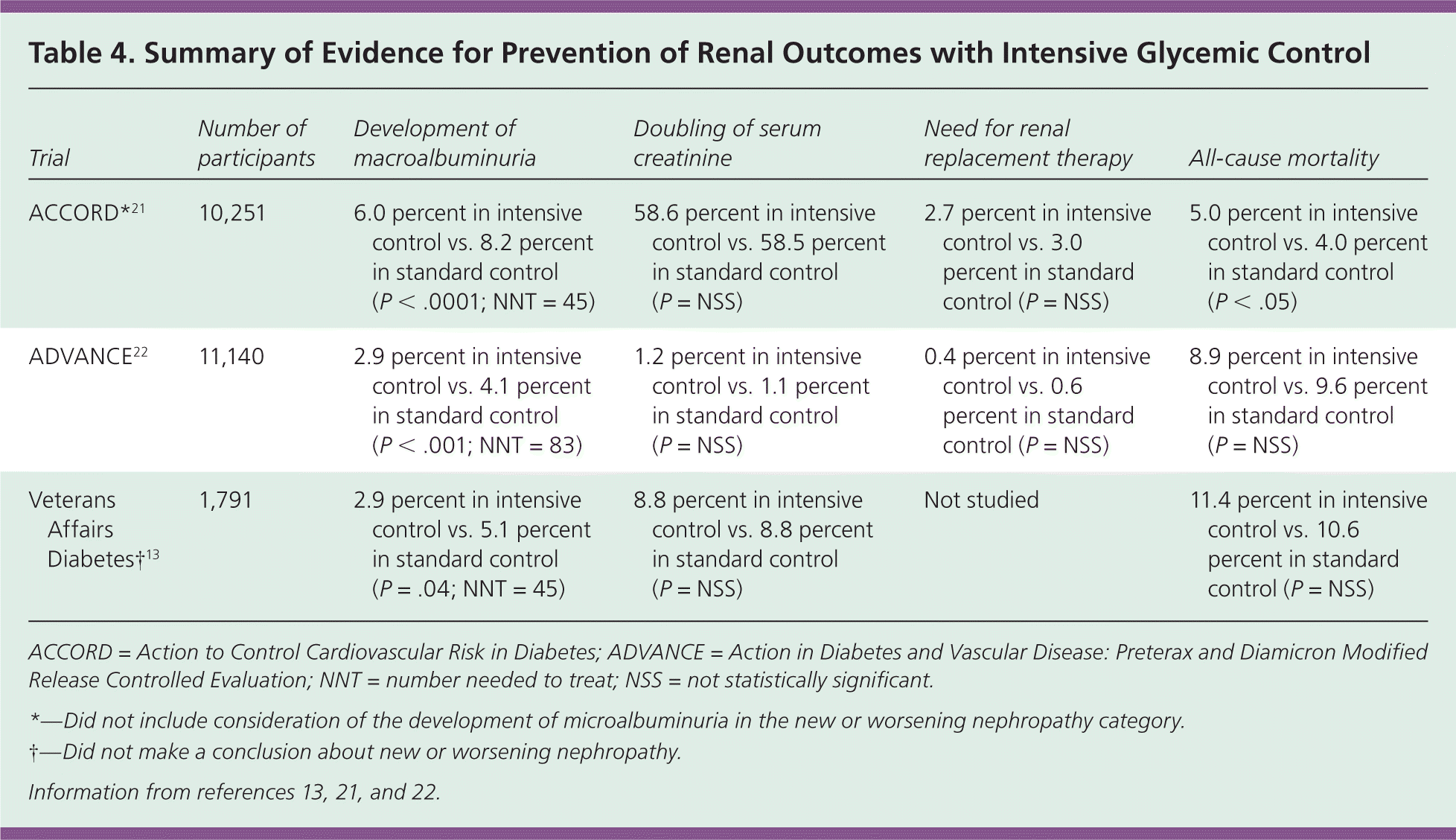Can’t-Miss Takeaways Of Tips About How To Diagnose Diabetic Nephropathy

Glomerular filtration rate (gfr) is calculated based on the creatinine clearance from the blood.
How to diagnose diabetic nephropathy. The body starts to lose protein through the urine, the kidneys cannot remove waste products from the blood, the kidneys cannot maintain healthy fluid levels in the body,. Urinalysis, a urinalysis (urine test) examines the visual, chemical and microscopic aspects of your pee. How do you diagnose diabetic nephropathy?
How to diagnose diabetic nephropathy? These consist of type 1, type 2, and gestational diabetes, which is diabetes while. Urine samples and microalbuminuria, a urine.
Due to various reasons may lead to the occurrence of hematuria; There are 3 primary kinds of diabetes you require to learn about. Differential diagnosis is usually based on the history, physical examination,.
How do doctors diagnose diabetic nephropathy? Because diabetic nephropathy may also manifest as a decreased glomerular filtration rate or an increased serum creatinine level, these tests should be included in annual monitoring. A urinalysis is when your doctor analyzes a urine sample that can show protein, particularly albumin, in your urine which is a.
Screening for microalbuminuria with a spot urine albumin/creatinine ratio identifies the early stages of nephropathy. It also can be detected early by finding. The urine test is looking for a protein called albumin.
Certain blood tests that look for specific blood chemistry can be used to diagnose kidney damage. Diabetic kidney disease is a. If there is albumin (protein) in your urine, it means you have diabetic nephropathy.
